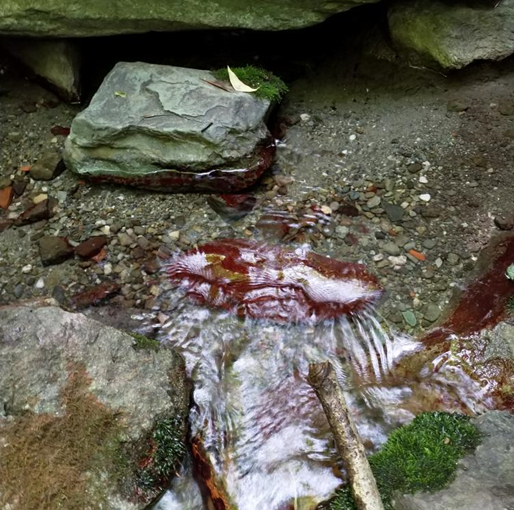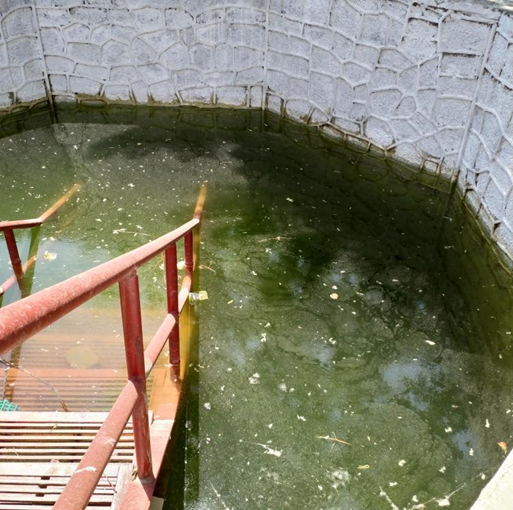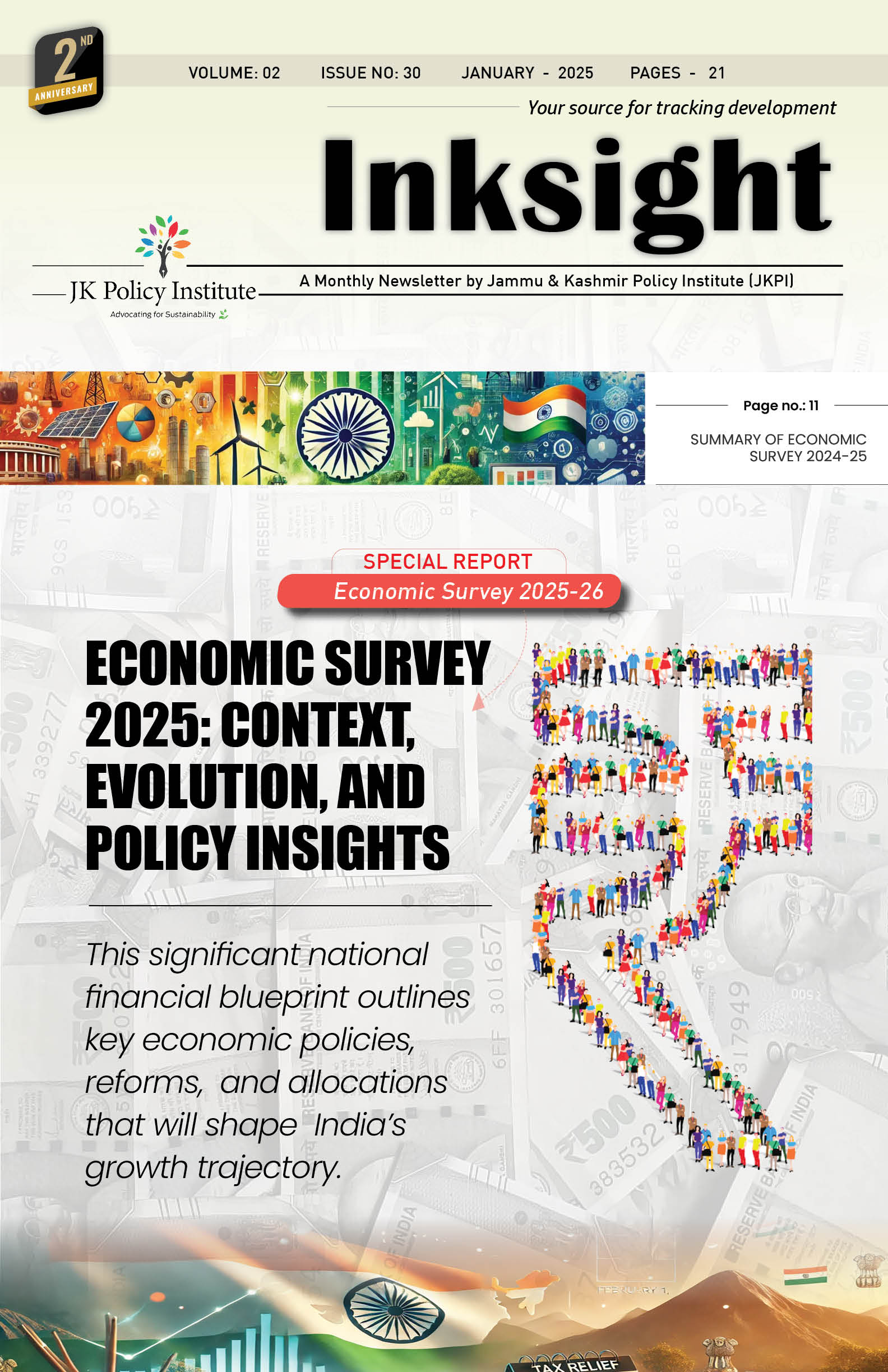Groundwater is an incredibly precious resource, to the extent of being titled the ‘survival lifeline of civilizations’. This is true because of a number of facts. The first is that groundwater resources are way greater in volume than surface water resources i.e., about three times the volume of the latter. Secondly, the use of water for human consumption, such as for drinking, is mostly from springs rather than rivers, streams or canals.
The largest user of groundwater in the world is India. India utilizes an estimated 251 cubic kilometres of groundwater every year which is more than a quarter of the global total. More than 85% of the drinking water supply and 60% of agriculture is dependent on groundwater. This showcases the importance of groundwater resources in our country.
The indispensability of Freshwater Springs
Approximately 12% of the Earth’s continental surface is covered by Karst terrains, i.e. areas characterized by numerous caves, fissures, sinkholes and underground streams. About 25% of drinking water available all over the globe is supplied partially or entirely by freshwater springs, originating from these Karst terrains. Thus, springs form a rich source of fresh water for people worldwide. The importance of upwelling aquifers (FW springs) is understood from the fact that rural and urban populations depend on them for a variety of purposes, making these indispensable to communities. Water from springs is mostly utilized in rural areas where concrete structures don’t constrict water flow, and where watersheds are relatively safe from pollution. In these regions, springs are numerous, increasing human dependence proportionately as well.
Springs are associated with mineral-rich water, low frequency of disease-causing organisms, and less incidence of pollution, while in the same rhythm seen as valuable reservoirs for irrigation, drinking, aquaculture, and even utilized for religious purposes. Springs are a refuge for pollution-sensitive organisms, helping them thrive plentifully, as these constitute the least polluted natural resource in densely populated areas. In India, Himalayan communities are hugely dependent on spring water. Freshwater springs thus, play a crucial role in a country’s economic development, ensuring its food and water security. Sadly though, spring sustainable development is not given due importance. At the same time, protective legislation for springs is insufficient leading to water abuse in their natural habitat.
Springs in Kashmir – Naags
Kashmir is known for its extensive springs and spring-fed streams. Spring habitats in the Valley have an enormous potential for providing drinking water to the ever-growing population, irrigating fields during droughts, providing adequate and reliable providence to pollutant-sensitive species, catering to fish culture, besides being used for washing, swimming, bathing, and a variety of other ecosystem services including tourism. Since the early 1980s, people in Kashmir started to face an increasing shortage of water earlier unheard of due to modest requirements. The population now, like in other areas of India, is witnessing an enormous growth which in turn pressurizes water resources people are hugely dependent upon. As per the 2021 census, the population of Kashmir valley is recorded at 13,638,010 which represents 1.04% of the total population of India. The growth rate from 2011 to 2018 is recorded at 8.65 percent.
Water requirements for the population of Srinagar city are directly drawn from surface water resources, such as the river Jhelum and water bodies like Dal, Nigeen, Khushalsar, etc. Large parts of Srinagar city have recently been expanded resulting in acute water shortage, forcing water rationing measures. Water shortages stem from inefficient use of freshwater, degradation of available surface water resources by pollution, and non-utilization or under-utilization of groundwater from aquifers. This has resulted in less flow rate of springs, permanent springs turning seasonal, and seasonal springs drying up completely.
Water scarcity amid changing climate and increasing population
In countries with adequate water resources, water scarcity is not uncommon. Although this may be due to a number of factors — collapsed infrastructure and distribution systems, contamination, conflict, or poor management of water resources — it is clear that climate change, as well as human factors, are increasingly denying children their right to safe water and sanitation.
Water scarcity limits access to safe water for drinking and for practising basic hygiene at home, in schools and in healthcare facilities. When water is scarce, sewage systems can fail and the threat of contracting diseases like cholera surges. Scarce water also becomes more expensive.
Water scarcity takes a greater toll on women and children because they are often the ones responsible for collecting it. When water is further away, it requires more time to collect, which often means less time at school. Particularly for girls, a shortage of water in schools impacts student enrolment, attendance and performance. Carrying water long distances is also an enormous physical burden and can expose children to safety risks and exploitation.
Recommendations
Springs are disappearing at an alarming rate globally, and most of that loss goes unrecognized. Kashmir Valley is no exception. The situation is direr than ever in light of climate change predictions for the Himalayas. The number of aquifers reaching unsustainable levels of exploitation is accelerating. If such a trend continues, in 20 years about 60% of all aquifers in India will approach critical status. Freshwater springs in Kashmir, as well, aren’t handled virtuously and need attention keeping in view that these water reservoirs have the potential to fulfil the water demands of our population.
As the factors driving water scarcity are complex and vary widely across countries and regions, all stakeholders should work at multiple levels to introduce context-specific technologies that increase access to safe water and address the impacts of water scarcity. The focus should be on:
- Identifying new water resources: Assessing the availability of water resources using various technologies, including remote sensing and geophysical surveys and field investigations.
- Improving the efficiency of water resources: Rehabilitating urban water distribution networks and treatment systems to reduce water leakage and contamination, promoting wastewater reuse for agriculture to protect groundwater.
- Planning for urban scarcity: Planning for future water needs by identifying available resources to reduce the risk of cities running out of water.
- Expanding technologies to ensure climate resilience: Supporting and developing climate-resilient water sources, including the use of deeper groundwater reserves through solar-powered water networks. Advance water storage through small-scale retention structures managed aquifer recharge (where water is pumped into underground reserves to improve its quality), and rainwater harvesting are some other good options.
- Changing behaviours: Working with schools and communities to promote an understanding of the value of water and the importance of its protection, including by supporting environmental clubs in schools.
- Planning national water needs: Working with key stakeholders at national and sub-national levels to understand the water requirements for domestic use and for health and sanitation, and advocating to ensure that this is reflected in national planning considerations.
- Supporting the WASH sector: Developing technical guidance, manuals and online training programmes for WASH (Washing, Sanitation, and Hygiene) practitioners to improve standards for water access.

Spring in a protected environment

Polluted spring near an urban locality
References
- https://envirsc.uok.edu.in/Files/ab1ac1f1-07e3-42a2-85bc-83717ef39155/Menu/Final_copy_Journal_2018-63-76_compressed_b2735d5a-e012-48ea-8345-9bfdc7616197.pdf
- https://www.researchgate.net/publication/343814128_Water_Quality_Scenario_of_Kashmir_Himalayan_Springs-a_Case_Study_of_Baramulla_District_Kashmir_Valley
- https://www.unicef.org/wash/water-scarcity



Leave a Reply
You must belogged in to post a comment.